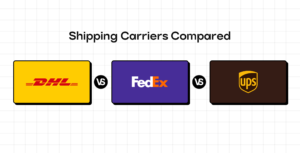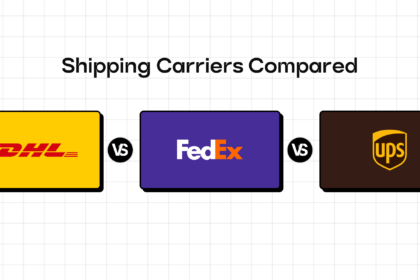
The 2025 State of Holiday Shipping: A Data-Backed Guide for Ecommerce Merchants
Turn holiday shipping chaos into a predictable playbook.
Must read
Recent posts


How do you turn one-time holiday shoppers into repeat customers?
Mira
November 14, 2025

DHL vs. FedEx vs. UPS: Which Courier is Best for Your Needs?
Sashank Ravindranath
November 10, 2025

BFCM 2025: The Complete Preparation Playbook
Mira
October 31, 2025

Monthly Newsletter
Get practical solutions and insights to tackle real-world post-purchase challenges directly in your inbox
Join our Community
Case Studies
Read the stories of brands that optimized their post-purchase journeys with LateShipment.com
YouTube
Subscribe to see our YouTube channel for insightful videos, tutorials, and interviews with industry experts.
Newsletter
Get practical solutions and insights to tackle real-world post-purchase challenges directly in your inbox

















